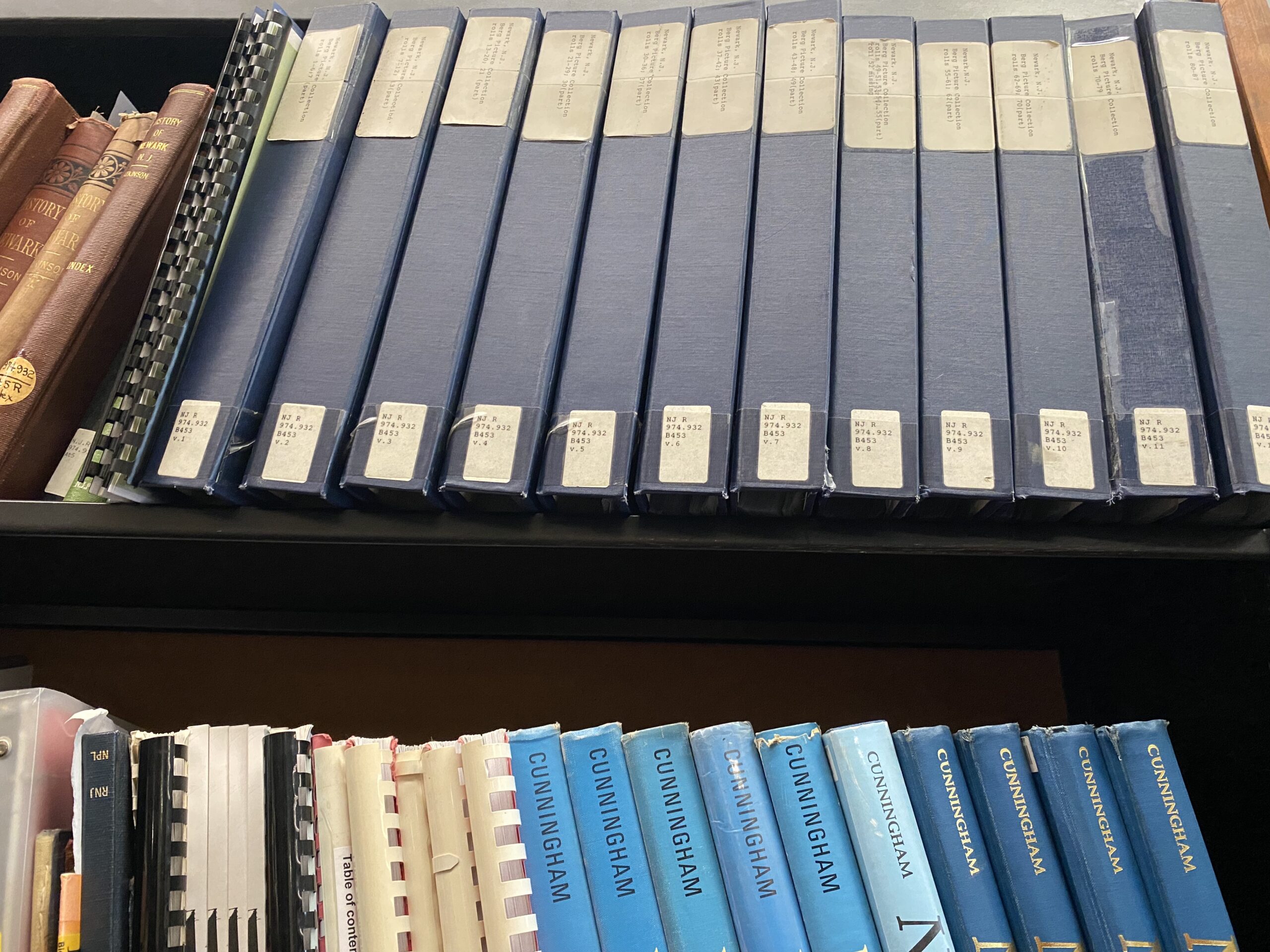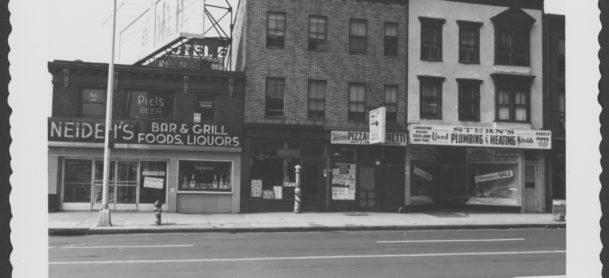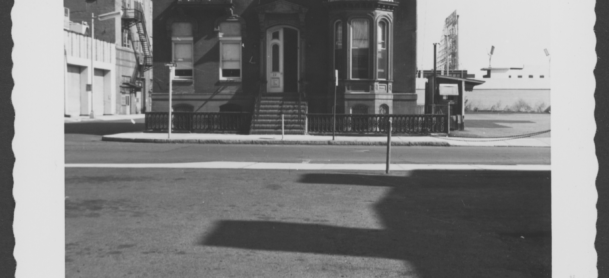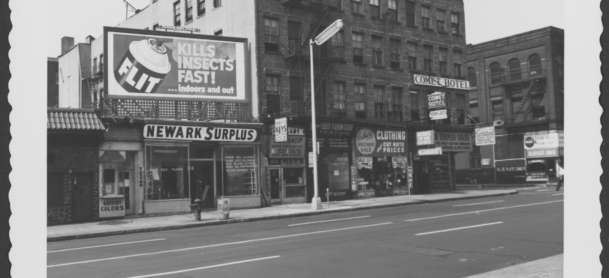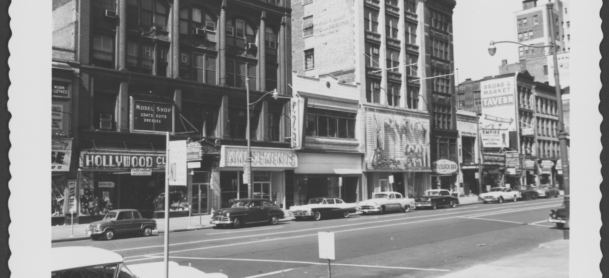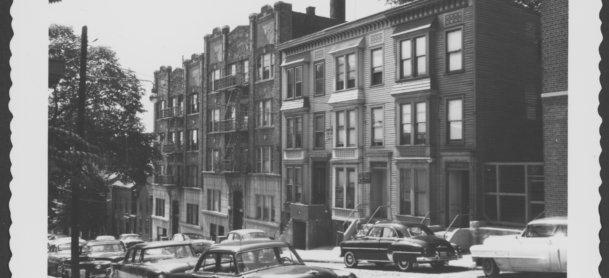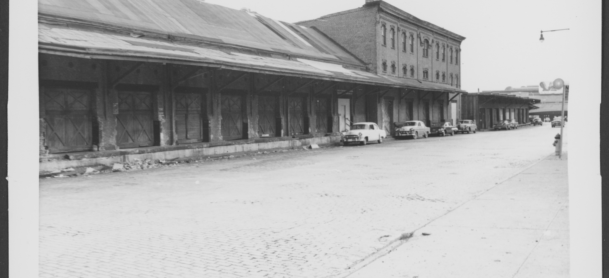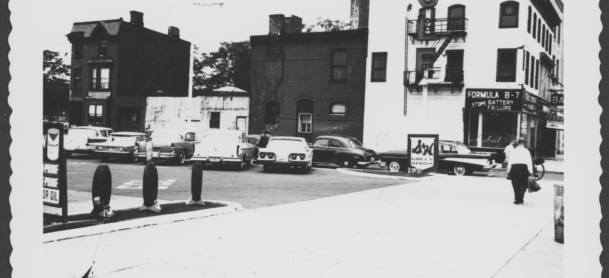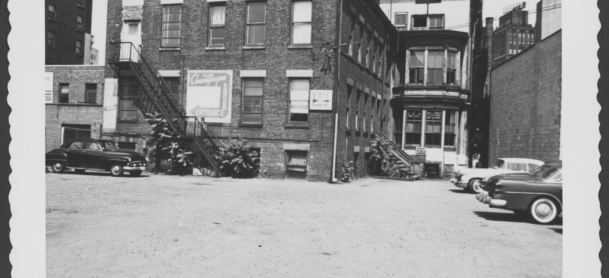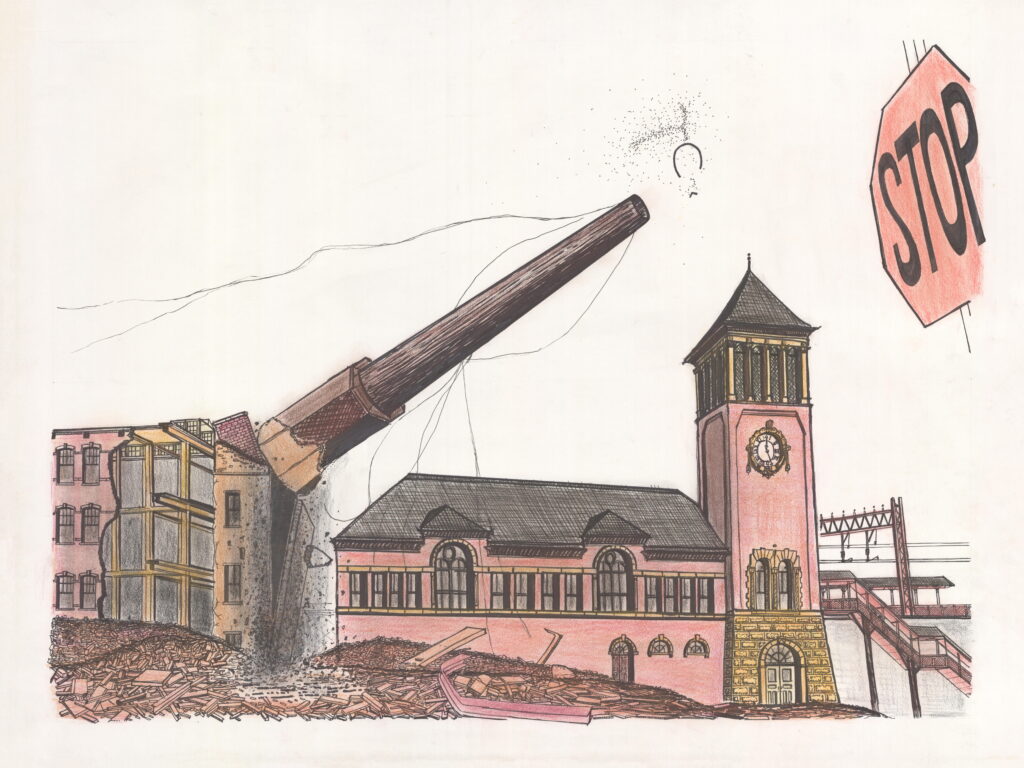From 1949 to 1967, government agencies and universities spent hundreds of millions of dollars on urban renewal projects in Newark. In the process, at least 10,000 historic buildings on 2,500 acres were demolished and 50,000 people were displaced, 65% of whom were Black and Hispanic. Newark undertook more urban renewal spending per capita than any of the nation’s thirty major cities. Neighborhood clearance for interstate highways and the campuses of Rutgers University, the Newark College of Engineering, and the University of Medicine and Dentistry contributed to the July 1967 uprising. Thousands of Blacks, who saw their neighborhoods, families, and businesses displaced by powerful institutions, rose up. In the resulting battles between protestors, Newark police, and national guards, 727 were injured and 26 died.
Long-term patterns of White flight, urban decay, and under investment accelerated after the 1967 unrest. From 1960 to 1990, 130,000 fled Newark, leaving abandoned neighborhoods behind them. Urban renewal started displacement, but White flight and urban decay continued it. The extent of neighborhood demolition expanded from urban renewal areas into surrounding neighborhoods, rich with hundreds of historic structures but no communities left to preserve them. In addition, Blacks from displaced “slum” clearance projects moved into neighboring White neighborhoods like Vailsburg, Weequahic, and Irvington, in turn causing White flight from those communities. Demolition continues today of the precious little architectural and historic fabric that survives of lost Newark. Most of the neighborhoods that are parking lots and empty lots today were destroyed after, not before, the 1967 unrest.
Through photos, this digital exhibit documents the impacts of urban renewal, White flight, and abandonment on Newark neighborhoods. From 1959 to 1968, Samuel Berg MD documented Newark’s built environment in 2,400 photographs of street scenes, old houses, small businesses, factories, churches, schools, and public spaces. His photos are a unique document of Newark’s rich and varied built environment before demolition. In 2018, the Newark Public Library completed the digitization and tagging of these photos. In 2022, the photo collections were georeferenced to their contemporary locations on Google street view, so as to empower the comparison of change over time.
Launch interactive map >
.
In the archives of the Newark Public Library, the photos are stored in these 15 volumes:
